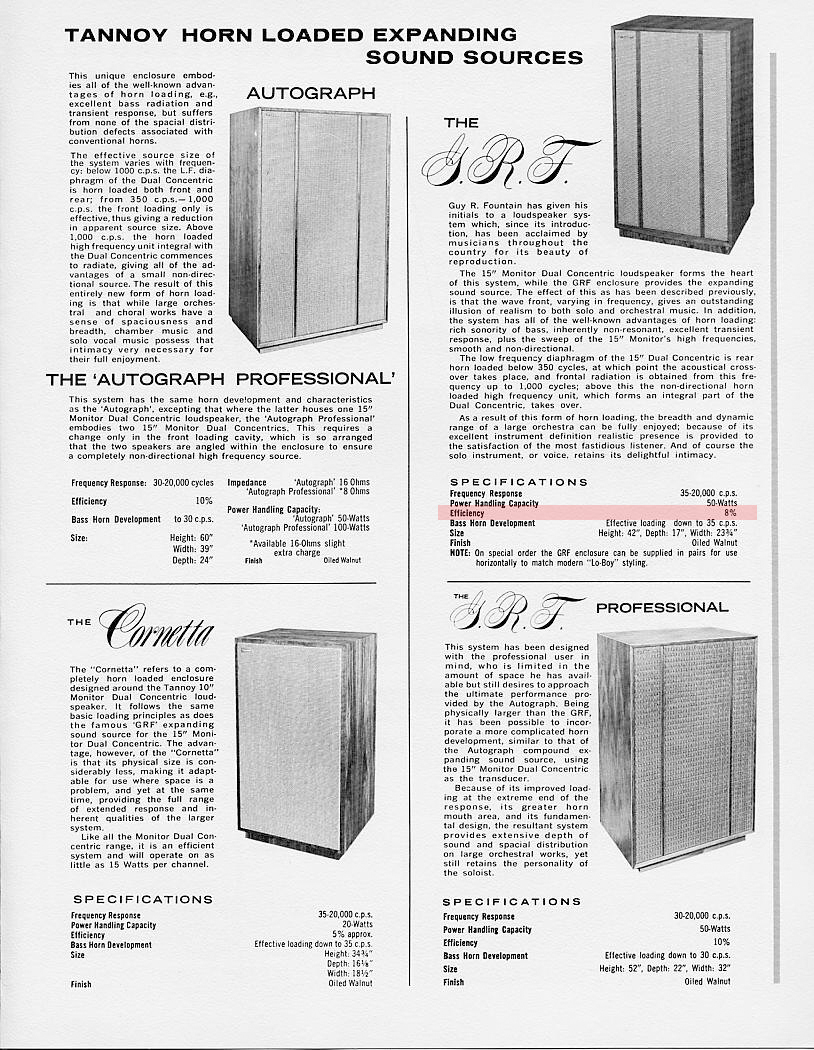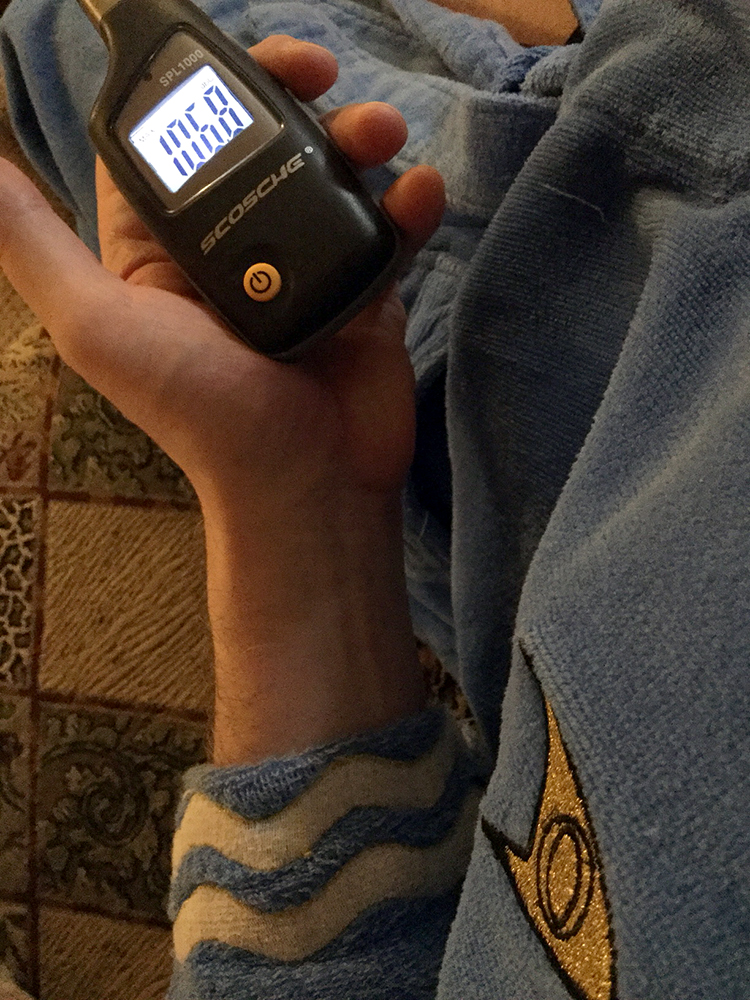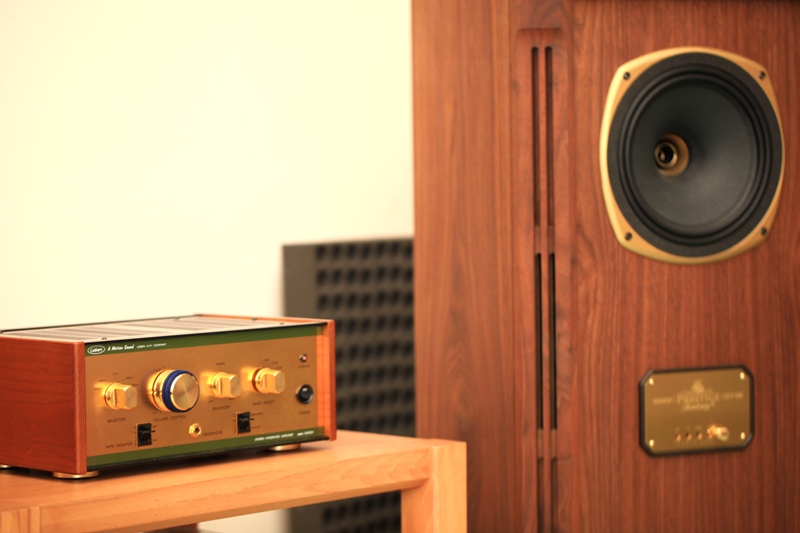You are using an out of date browser. It may not display this or other websites correctly.
You should upgrade or use an alternative browser.
You should upgrade or use an alternative browser.
Watts aren’t all equal. How to measure an Amplifier’s “Grunt”?
- Thread starter strummer
- Start date
Arkless Electronics
Trade: Amp design and repairs.
I suspect a faulty sound meter.
Joe P
Memory Alpha incarnate | mod; Shatner number = 2
Uncle II: Electric Boogaloo!
The point, which is now thoroughly lost, is that I typically listen at sound pressure levels where a valve amp's output is quite decent, certainly not light-years away from where a decent solid state amps would be operating, apart from having higher output impedance which is my particular application is desirable, a technically sound choice even.
Joe
The point, which is now thoroughly lost, is that I typically listen at sound pressure levels where a valve amp's output is quite decent, certainly not light-years away from where a decent solid state amps would be operating, apart from having higher output impedance which is my particular application is desirable, a technically sound choice even.
Joe
Joe P
Memory Alpha incarnate | mod; Shatner number = 2
ToTo man,
It's a measure of how efficiently electrical energy is converted into sound energy — 8 percent in the case of the GRFs.
http://www.sengpielaudio.com/calculator-efficiency.htm
Eight percent efficiency converts to ~100 db sensitivity for 1 watt at 1 metre. Sensitivity is the spec that seems to be quoted these days.
Joe
It's a measure of how efficiently electrical energy is converted into sound energy — 8 percent in the case of the GRFs.
http://www.sengpielaudio.com/calculator-efficiency.htm
Eight percent efficiency converts to ~100 db sensitivity for 1 watt at 1 metre. Sensitivity is the spec that seems to be quoted these days.
Joe
Arkless Electronics
Trade: Amp design and repairs.
What does "8% efficiency" mean? I've never seen this figure quoted for speakers, usually it's just a dB/W figure.
It means what it says.... that 8% of the power applied to the speaker is converted into sound. A very good figure. 1% more typical for a small stand mounter.
It is perhaps a bit more than that. If you really do listen at something like the levels you suggest then the typical distortion of a valve amplifier may be helping to overcome some of the loss of clarity and detail. Boosting the bass and treble controls may also help. I wonder how widespread listening at very low levels is among valve enthusiasts? Or am I trying to read too much into it.The point, which is now thoroughly lost, is that I typically listen at sound pressure levels where a valve amp's output is quite decent,
Joe P
Memory Alpha incarnate | mod; Shatner number = 2
h.g.,
It's really as simple as this: I value my hearing and I'd like to enjoy music without hearing aids at 70+.
Joe
P.S. I wouldn't consider myself a valve enthusiast. I use valves because valves makes sense in my application.
Bingo!Or am I trying to read too much into it.
I am but one valve user among a diverse group of valve users. Extrapolation from an n of one to a population is an egregious methodological error.I wonder how widespread listening at very low levels is among valve enthusiasts?
It's really as simple as this: I value my hearing and I'd like to enjoy music without hearing aids at 70+.
Joe
P.S. I wouldn't consider myself a valve enthusiast. I use valves because valves makes sense in my application.
ToTo Man
the band not the dog
For me there's a definite sweet-spot listening level at which things sound tonally balanced and dynamic range and detail can be fully appreciated. In my case this is around 75dB average with peaks into the low 90dB's. I used to listen louder than this when I had a multichannel system in a larger room, but since downsizing to a 2-channel system in a smaller room that has been partially treated with acoustic absorption, the sound is more focused and I am able to hear more detail at a lower listening level than before. I think this is also why I prefer my system to have a relatively flat frequency response without the Fletcher-Munson 'loudness button' effect of an exaggerated bottom and top end, which becomes increasingly fatiguing at louder listening levels. If I was required to listen to music at peak levels of 70dB (which suggests averages of around 55dB), I would almost certainly need to boost the bass and treble to avoid it sounding lifeless, and even then I think I'd still have a strong urge to turn up the wick...
ToTo Man
the band not the dog
That's a beautiful looking amp, it has that classic 60s tube vibe.Toto Man,
I'm seriously considering a Leben CS-300 just so I can have a bass booster knob. At my listening levels, a bit of bass would compensate nicely where the ear isn't so sensitive.
Joe
I actually think my obelisks are fairly efficient!Incidentally, this is why Darth needs 164,735.948 watts per channel to power his Shahanians. They are ridiculously inefficient.
Joe
Joe P
Memory Alpha incarnate | mod; Shatner number = 2
Peter,
I guess these figures are all relative. Even at 8% my Tannoys are inefficient.
Joe
A sensitivity of 89db for a watt at a metre is pretty typical these days, but that's around 0.5% efficient.I actually think my obelisks are fairly efficient!
I guess these figures are all relative. Even at 8% my Tannoys are inefficient.
Joe




